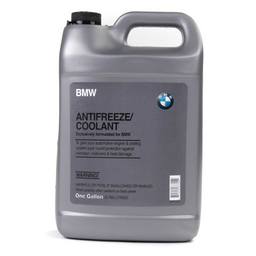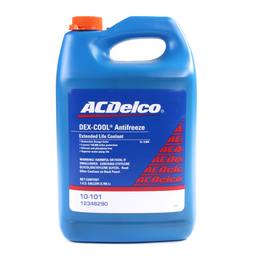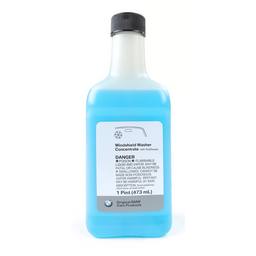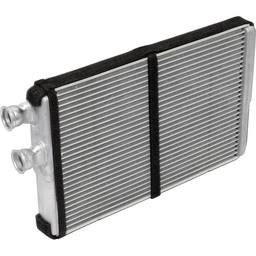Winter is coming! Okay, maybe you won’t have to deal with the White Walkers this year, but you will have to deal with cold weather and snow. Being prepared is key. This doesn’t only mean preparing your home for winter. You should prepare car for winter as well.
Following the few simple tips we’re about share with you will help you be a much safer driver this season and make your car fit to handle adverse weather conditions. Without further ado, let’s jump right in!

Why Prepare Your Car for Winter?
Cars require specific environmental conditions to work properly. We’re talking specific internal temperatures, specific hydraulic pressures, specific oil viscosity, and so on. Push the vehicle outside these parameters, and you’re in unknown territory.
Winter has a massive impact on these strict parameters. The drop in temperature, as well as snow, ice, and hail, will work against your vehicle. Countering these effects comes down to executing proper preparation ahead of time.
We’ll divide the prep work into three main categories – prep work that ensures that your vehicle runs well, prep work that ensures you’re safe on the road, and prep work that makes driving safe at night.
Making Sure your Engine and Drivetrain are Ready for Winter Driving
Ensuring that your engine and drivetrain are ready for winter requires you to:
- Check the coolant
- Check the battery
- Inspect Rubber Components
Checking the Coolant Levels and Mixture
Depending on where you live, winters can be mild or extremely harsh. If the temperatures in your area dip far below zero on the regular, you’ll want to ensure that your vehicle has enough coolant and the right type of coolant.
Most coolants are ready for harsh winters these days, so long as you use a 50:50 mix of antifreeze and distilled water. However, many people add exclusively distilled water or, even worse, regular water when they notice a lower coolant level in the system.
Not only does this dilute the antifreeze, but it directly reduces its ability to prevent the coolant from freezing.
Always make sure that your coolant is of the right type for your vehicle and that you have enough of it in the system. The last thing you want is ice in the engine block.
A Healthy Battery is Essential
Batteries don’t like extreme temperatures, whether they’re cold or hot. Sub-zero temperatures will make quick work of weak batteries, that’s for sure. If yours is not up to snuff, you might find yourself with a vehicle that won’t crank in the middle of winter.
Every battery has a factory cold-cranking amps value or CCA. This is the number of amps the battery can deliver for an approximate period of 30 seconds. Older batteries and those that haven’t been used much will most likely fall way short of declared factory specs.
Because your battery is working great during the summer, there are no guarantees it will work well in the winter. If you plan on doing a lot of driving, make sure that you check the battery using a battery tester. This is one of those overlooked tips because people think a battery tester is a rare item. Any half-decent mechanic will have one. Get a new car battery if necessary.
Inspect Rubber Components
Rubber components such as various hoses and belts tend to stiffen up during the winter. If your vehicle has a few years on it, there’s a small but real chance that your hoses and belts could be brittle.
To inspect hoses, all you have to do is give them a good squeeze. You don’t want them to be too soft, but you also don’t want them to be hard as a rock. A healthy hose is somewhere in between. As far as belts go, you can visually check them for cracks fault lines lengthwise. Replace worn-out components as necessary.

Ensuring that Your Car is Safe to Drive During the Winter
Now that we know your car will start and run at sub-zero temperatures, we need to make sure it’s safe to drive. As far as tips go, we’re looking for:
- Proper tire type, pressure, and tread
- Healthy wiper blades
- Working heating
Inspect Your Tires
Winter tires are always the best way to go if you live up north or anywhere that sees many snow/sub-zero temperatures. It’s not just about a more aggressive tread, but also the compound used to build these tires. Winter tires are softer than regular ones, which allows them to offer more grip when temperatures go well below zero. It’s a matter of safety.
Tire pressure imperative as well. Properly inflated tires will give you the grip, stopping power, and handling that you need when road conditions are iffy at best. Lastly, tread. Make sure that your tire has enough tread for the season. Bald tires are not safe to drive and are placing you in harm’s way.
Wiper Blades
Wiper blades are arguably among the most overlooked parts of a vehicle but also a major safety factor. However, when you run into a snowstorm, the last thing you’ll want is frozen blades that are so brittle that they’re just piling ice along your field of view.
Check your blades and get new ones if necessary. Valeo makes superb silicone blades that won’t freeze and offer outstanding performance even at sub-zero temperatures. Silicone doesn’t go brittle even after years of use, allowing to perfectly clean the windshield when you turn on the wipers.
Lastly, check your windshield washer fluid and ensure that it’s the winter kind as it is different from the regular stuff. Winter fluid is packed with various additives, allowing it to stay liquid when temperatures go below zero.
It also doesn’t hurt to have the right tools at your side to properly clean the windshield before moving. The more snow and ice you remove, the less work your wipers will have to do right off the bat.
Working Heater
It goes without saying that heating is imperative when it comes to driving in the winter. Because of that, do yourself a favor and check your heating system, heater core, and any other component before the cold weather sets in. Even though it doesn’t affect safety directly, no one wants to drive while freezing.
Make Sure that Your Car is Safe to Drive at Night
Night driving during the winter is much more dangerous than during the summer. Seeing the road surface, even with a snow storm going on, is the bare minimum of safety. Give your entire signalization system, including your headlights, tail lights, blinker, sand fog lights, a proper check.
If your headlights are too foggy or hazy, you might want to polish them. Check out our headlight restoration guide if you’re going to give DIY polishing a shot.
Use Genuine Parts and Quality Fluids Only
A big part of winter preparation is using quality parts and fluids. Here at eEuroparts.com, we offer one of the largest catalogs of Genuine, OEM, and aftermarket parts for various European manufacturers.
To find car parts that match your vehicle, head over to our website and input your car’s info into our navigation tool. Once our system crunches the data, you’ll receive a list of parts that fit.
In case you have any questions regarding our offer, you can find the answers by sending our customer support service an email or giving us a call. We have knowledgeable reps standing by to offer assistance and point you towards the right parts for your car.







